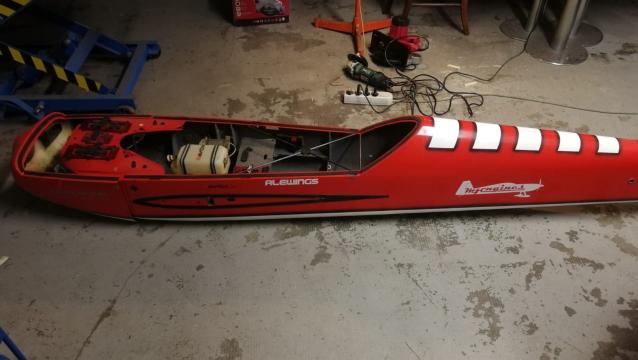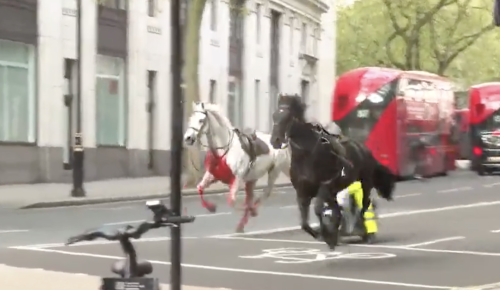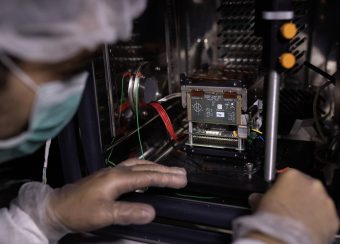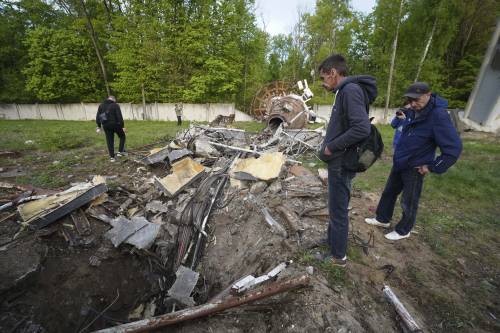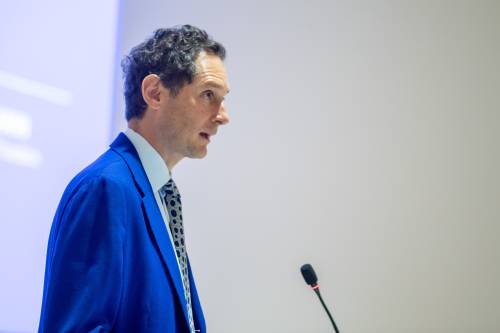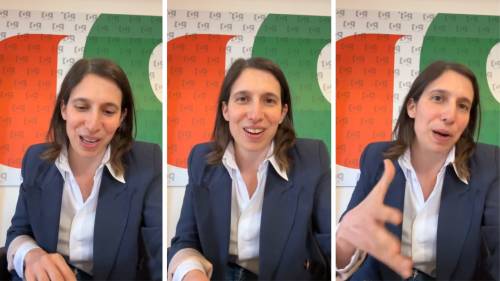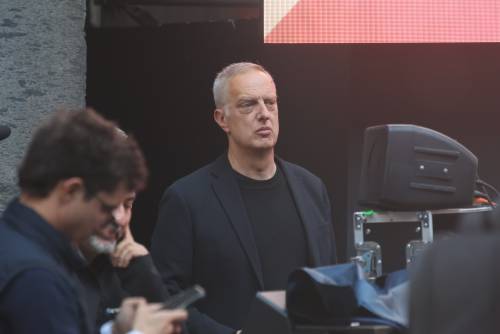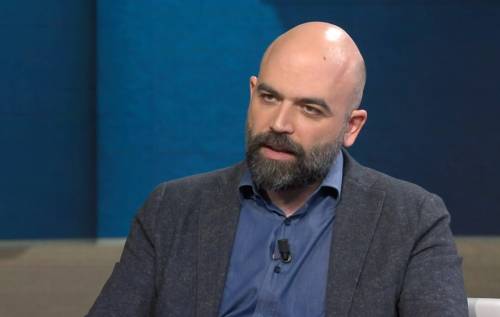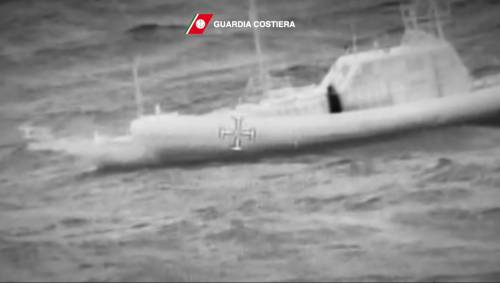Biacomo Balla, (
born July 24, 1871, Turin, Italy-died March 1, 1958, Rome)
Italian artist and founding member of the Futurist movement in painting.
Balla had little formal art training, having attended briefly an academy in Turin. He moved to Rome in his twenties. As a young artist, he was greatly influenced by French
Neo-Impressionism during a sojourn he made in Paris in 1900. Upon his return to Rome, he adopted the
Neo-Impressionist style and imparted it to two younger artists,
Umberto Boccioni and
Gino Severini. Balla’s early works reflect contemporary French trends but also hint at his lifelong interest in rendering light and its effects.
Balla,
Boccioni, and Severini gradually came under the influence of the Milanese poet Filippo Marinetti, who in 1909 launched the literary movement he called Futurism, which was an attempt to revitalize Italian culture by embracing the power of modern science and technology. In 1910 Balla and other Italian artists published the Technical Manifesto of Futurist Painting.
Unlike most Futurists, Balla was a lyrical painter, unconcerned with modern machines or violence. The Street Light-Study of Light (1909), for example, is a dynamic depiction of light. Despite his unique taste in subject matter, in works such as this Balla conveys a sense of speed and urgency that puts his paintings in line with Futurism’s fascination with the energy of modern life. One of his best-known works, Dynamism of a Dog on a Leash (1912), shows an almost frame-by-frame view of a woman walking a dog on a boulevard. The work illustrates his principle of simultaneity-i.e., the rendering of motion by simultaneously showing many aspects of a moving object.
This interest in capturing a single moment in a series of planes was derived from Cubism, but it was also no doubt tied to Balla’s interest in the technology of photography.
During World War I Balla composed a series of paintings in which he attempted to convey the impression of movement or velocity through the use of planes of colour; these works are perhaps the most abstract of all Futurist paintings.
After the war he remained faithful to the Futurist style long after its other practitioners had abandoned it. In addition to his painting, during these years he explored stage design, graphic design, and even acting. At the end of his career he abandoned his lifelong pursuit of near abstraction and reverted to a more traditional style. | © Encyclopædia Britannica, Inc.
BALLA, Giacomo - Nacque a Torino il 18 luglio 1871. Temperamento indipendente, sicuro di sé, studiò pittura da autodidatta, ed ancora molto giovane, nel 1893, venne a stabilirsi a Roma, portando con sé il ricordo dei colori densi e alonati del Fontanesi, e della tavolozza divisionista di
Previati e di Pelizza da Volpedo, insieme con gli accenti romantici e liricizzanti della loro "
pietà" sociale.
La sua educazione si completò a Parigi, dove trascorse qualche mese nel 1900, assimilando al divisionismo lombardo qualcosa della profondità luminosa di
Seurat, Cross e
Signac, ma ricevendo anche particolari suggestioni dal virtuosismo veristico e dal patetismo di Eugène Carrière.
Tornato a Roma, lavorò alacremente nel suo studio di Porta Pinciana, allora alla periferia della città, isolato tra il verde di Villa Borghese e della vicina campagna, raccogliendo intomo a sé i giovani più ansiosi di modemità, come
Boccioni e
Severini, i quali ricevettero in quello studio, con i primi insegnamenti, la prima apertura verso una moderna metodologia sperimentale del colore e della luce che dai principi del
divisionismo doveva portarli fino alle conquiste dinamiche del futurismo.
Per parte sua, il B. rimaneva legato a un duplice ordine di interessi; il primo, di timbro sentimentale e umanitario connesso con la tradizione del verismo romantico, l'altro precipuamente stilistico e visibilistico, come calcolatore e sperimentatore, sul ceppo divisionista, di complessi problemi ottici implicanti effetti di resa luminosa e prospettica. Le due esperienze ricombaciavano in un'accentuata intenzione lirica e spiritualistica. Presto consacrato maestro, anche dal successo ufficiale che non tardò a sorridergli, dipinse in quegli anni quadri che ebbero una rilevante notorietà, come Affetti (1900), Allo specchio (1904, Gall. Naz. d'Arte Modema, Roma), Salutando. Il Fallimento (1902, coll. G. Cosmelli, Roma), un dipinto dove appariva soltanto una porta sbarrata e, su di essa, delle scritte burlesche tracciate col gesso dai monelli, suscitò scalpore, per la concezione ritenuta audacissima, e insieme ammirazione per il minuzioso virtuosismo della figurazione.
Un altro dipinto che suscitò grande curiosità ed interesse, e che rimane ancor oggi un singolare documento dell'estro inventivo e della maestria tecnica del B., è Tromba di scala (1908; coll.H. L. Winston, Birminghan, Mich.), dove è riprodotta con efficacia illusionistica la prospettiva vertiginosa di una scala, suggerendo un ritmo a spirale che diventa quasi già astratto, tanto da anticipare certi andamenti ritmici di successive composizioni futuriste.
Quando ebbe inizio l'avventura futurista, il B., affascinato dalle idee del suo amico e discepolo
Boccioni, aderì entusiasticamente al movimento, sottoscrivendo i Manifesti del 1910,deciso a tentare nuove esperienze anche a costo di compromettere le brillanti posizioni già raggiunte. Il suo apporto al futurismo fu originale e personale, specie nelle prime, e meno note, esperienze intorno al 1911-1912. Recatosi in Germania nell'estate del 1912, il B. realizzò a Düsseldorf, in forme totalmente astratte, la decorazione ad affresco di casa Löwenstein. Di questa decorazione nulla è rimasto, tranne alcuni disegni e studi su cartone e tela: sono composizioni geometriche di triangoli, quadrati, trapezi, combinazioni di linee e strisce luminose, diagrammi fantastici che registrano le vibrazioni del colore e della luce.
In stretto rapporto con questi studi sono alcuni suoi dipinti del 1912, come le varie redazioni di Compenetrazione iridiscente (eredi Balla, Roma; ecc.), e qualche scultura, ugualmente astratta. Queste opere fanno del B. uno dei primissimi astrattisti europei, in senso assoluto, anche se è necessario tener presente il limite decorativo e sperimentale di queste ricerche.
Temperamento mobile di eccezionale fertilità inventiva, il B. abbandonò quasi subito i suoi tentativi radicalmente astratti, per allinearsi, nel 1912 stesso, non appena rientrato in Italia, alle ricerche dinamiche predicate dal futurismo, che egli interpretò alla lettera nel notissimo dipinto Cagnetta al guinzaglio (coll.gen. A. Conger Goodyear, New York), dove il movimento della bestiola era reso moltiplicando all'infinito le zampe, in base al principio fotografico e cinematografico della persistenza delle immagini nella retina: anche qui siamo nell'ambito di una intenzione sperimentale che si risolve in finissima decorazione, di sapore ancora "liberty".
Subito dopo data la sua produzione più nota e tipica: Spessori d'atmosfera (1913, attualmente irreperibile), Linee andamentali successioni dinamiche (1913, Milano, coll. G. Mattioli), Volo di rondine (coll. J.Slifka, New York; Marlborough Fine Art Ltd, Londra, già coll. P. Campilli, Roma), Velocità auto-luci (1913, coll. Morton G. Neumann, Chicago, ecc.), Vortice (1914, coll. J. Slifka; altra versione, studio d'arte Luca Scacchi Gracco, Milano), Velocità astratta (1914, coll. J. Slifka, New York; ecc.), Iniezioni di futurismo, Mercurio che passa davanti al sole (coll. Mattioli, Milano; eredi Balla, Roma; coll. H. L. Winston, Birmingham, Mich.; Mus. naz. d'arte moderna, Parigi, ecc.), Ritmi del violinista (1914, coll. Estorik, Londra), Canto patriottico a Villa Borghese (1915, coll. priv., Torino).
È una pittura aperta, nitida e gioiosa nelle sue larghe stesure timbriche, senza residui atmosferico-tonali, e nei suoi ritmi chiaramente scanditi.
Nonostante egli aderisca agli assunti di scomposizione dinamica del futurismo, che presuppongono la rappresentazione di un oggetto, sia pure deformato nella sua dialettica con l'ambiente, l'opera dei B. rimane legata ad una aspirazione astratto-geometrica, che libera in fantasie di luce e di colore un sentimento di gioconda vitalità, di entusiasmo perennemente giovanile; il senso dinamico di queste opere è interno, nasce da una spinta che è insita nella forza dello stile. Il decorativo, secondo una concezione che costituzionalmente è ancora "liberty", si sposa all'astratto e allo spiritualistico.
Il B. appare come il più autentico interprete di certo aspetto radicalmente ottimistico, quasi goliardico, dell'ideologia futurista. Smilzo, di bassa statura, sempre allegro e scattante, energico ma mite, sorridente, anche la sua figura fisica ispirava un'immediata attrazione e simpatia. "B. - lo descriveva Marinetti -, coi baffetti da gatto e due occhi di luce, era riconoscibile a vista per i colori delle sue cravatte, minuscole, ma coloratissime".
E Prampolini: "Bastava vederlo, intenderlo, con quella sua particolare personalità viva e persuasiva, fatta di atteggiamenti e gesti rapidi, veloci, scattanti, dai ritmi espressivi, punteggiati da parole e accenti imprevisti o da onomatopee fonetiche e astratte". Anche da un punto di vista critico, le prime e più suggestive definizioni del suo temperamento e del suo stile le hanno lasciate i suoi amici futuristi. "Spirito solare", "architetto dinamico di atmosfere" lo definì Marinetti. "Era una gioia dell'attivismo-creatore quella che si viveva nel clima esplosivo e saturo di fermento vitale dello studio di B.", scriveva Prampolini. "Queste - diceva lo stesso Prampolini - erano le vocali del nuovo alfabeto plastico-astratto".
In realtà, se la sua priorità di astrattista, nei confronti di un Klee, di un Mondrian, di un Kandinskij, resta sostanzialmente platonica, una reale influenza ebbe la sua pittura, che precorre di almeno quindici anni le esperienze di un Soldati, sulla formazione e gli sviluppi dell'astrattismo italiano.
Questo anche perché il B., pur sempre continuando a coltivare il filone tradizionale e figurativo, non abbandonò mai del tutto, almeno fino al 1935, la produzione futurista, nonostante che la morte di Boccioni, avvenuta nel 1916, e le pressoché contemporanee rinunce alla esperienza futurista dei Carrà, dei Severini, dei Rosai lo avessero completamente isolato dai vecchi compagni. Il B. aveva preso parte attiva al movimento futurista in genere: partecipò a varie delle famose "serate futuriste" (cfr. Cangiullo), collaborò con una "sintesi" al volume di F. T. Marinetti, Teatro futurista sintetico,Piacenza 1921. Suo unico contributo al teatro furono le scene di Feu d'artifice (musica di I. Stravinskij, Roma 12 apr. 1917, Teatro Costanzi; bozzetto propr. eredi Balla, Roma; cfr. Encicl. dello Spettacolo, I, col.1316).
Il 1° marzo 1915 firmò, con F. Depero, il manifesto intitolato Ricostruzione futurista dell'Universo;l'11sett. 1916 il manifesto della Cinematografia futurista. Nel 1918 (anno in cui dipinse Trasformazione forme-spiriti [coll.Slifka, New York; ulteriori redazioni in altre collezioni], Linee-forza di paesaggio [coll.priv., Roma], Colpo di fucile [eredi Balla, Roma; coll. p. Guarini, Milano]) tenne una personale a Roma e a Milano, definendo la propria pittura "giocondissima, audace, aerea, elettricamente lavata di bucato, dinamica, violenta, interventista a scoppio e a sorpresa". Della successiva produzione futurista ricordiamo: Tormento d'animo (1924-25 circa, coll. J. Slifka, New York); Scienza contro oscurantismo (1920 circa, coll. A. Bajocchi, Roma); Azzurrose; Linee spaziali (1920, eredi Balla, Roma; 1925 circa, Gall. Blu, Milano); Linee-forza di paesaggio (1920, eredi Balla, Roma); Un mio istante del 4 apr. 1928, ore 10e 2 minuti (eredi Balla, Roma); Numeri innamorati.
Nell'anno 1929 il B. firmò il Manifesto dell'aeropittura. Nel giugno del 1930 tenne una personale futurista alla Galleria del Dipinto a Roma, con presentazione di Marinetti. Successivamente, in seguito a dissapori intervenuti con quest'ultimo, abbandonò la produzione futurista, che del resto non gli offriva nessuna possibilità di mercato, per dedicarsi interamente alla pittura tradizionale.
Morì a Roma il 1° marzo 1958.
La rivalutazione critica della sua opera di futurista si è avuta dopo la seconda guerra mondiale, con una serie di mostre personali (aprile 1951 alla Galleria Origine di Roma; dicembre 1951 agli Amici della Francia a Milano; novembre 1952 alla Galleria delle Grazie a Firenze; 1956 mostra Hommage à Balla alla Galerie Cahiers d'Art di Parigi, ecc.). Opere del B. si trovano nella Galleria naz. d'arte moderna, Roma; Gall. civica d'arte moderna, Milano; Museum of Modern Art, New York; Kunsthaus, Zurigo; Stedelijk Mus., Amsterdam; e in numerose coll. private italiane e americane, in particolare presso gli eredi a Roma.
Come tutti i futuristi, il B. fu interventista convinto; inventò il "vestito futurista antineutrale" indossato (dic. 1914) da Marinetti e Cangiullo nelle manifestazioni all'università di Roma contro i professori ritenuti filo-tedeschi (il vestito, di cui si conserva il modello, era tricolore); a Roma, partecipò alla famosa manifestazione interventista dell'11 apr. 1915, durante la quale fu arrestato Mussolini.
Nel dopoguerra egli fece parte, sempre a Roma, dei Fasci politici futuristi. Il 4 genn. 1920 entrò nella direzione dei settimanale del movimento futurista (altri direttori: G. Bottai, G. Galli, E. Rocca), in occasione della penultima trasformazione di Romafuturista,da giornale politico in giornale letterario-politico; ne mantenne la direzione (con Marinetti, Carli e Settimelli) anche in occasione della successiva trasformazione (7 marzo 1920) in settimanale puramente artistico-letterario. | di Maurizio Calvesi © Treccani, Dizionario Biografico degli Italiani
Manifesto del colore, Giacomo Balla, 1918
- 1) Data l’esistenza della fotografia e della cinematografia, la riproduzione pittorica del vero non interessa né può interessare più nessuno.
- 2) Nel groviglio delle tendenze avanguardiste, siano esse semifuturiste, o semifuturiste, domina il colore. Deve dominare il colore poiché privilegio tipico del genere italiano.
- 3) L’impotenza coloristica del colore e il peso culturale di tutte le pitture nordiche, impantanano eternamente l’arte, nel grigio, nel funerario, nello statico, nel monacale, nel legnoso, nel pessimista, nel neutro, o nell’effeminatamante grazioso e indeciso.
- 4) La pittura futurista italiana, essendo e dovendo essere sempre più una esplosione di colore non può essere che giocondissima, audace, aerea, elettricamente lavata di bucato,dinamica, violenta, interventista.
- 5) Tutte le pitture passatiste o pseudo-futuriste danno una sensazione di preveduto, di vecchio, di stanco e di già digerito.
- 6) La pittura futurista è una pittura a scoppio, una pittura a sorpresa.
- 7) Pittura dinamica: simultaneità delle forze.
Mainfesto Futurista di Filippo Tommaso Marinetti, Boccioni, Balla pubblicato sul giornale Le Figaro
Manifesto Futurista di Filippo Tommaso Marinetti, Boccioni, Balla pubblicato sul giornale Le Figaro
Russolo, Carrà, Marinetti, Boccioni e Severini a Parigi per l'inaugurazione della prima mostra del 1912















































































































































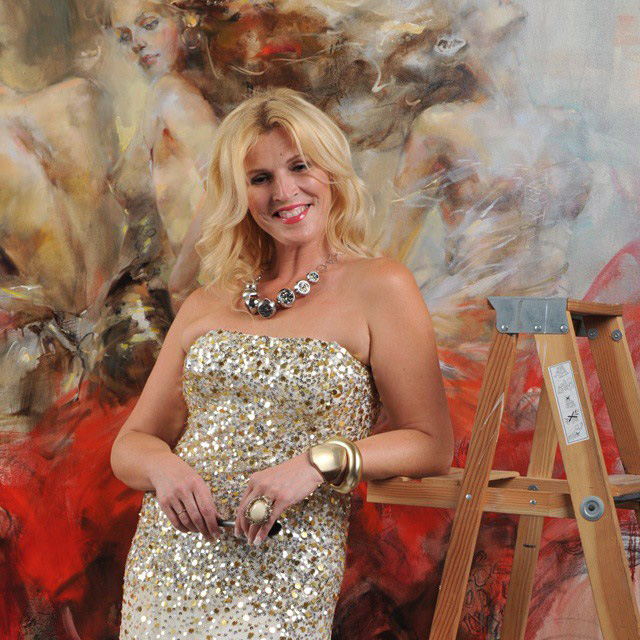





















































.jpg)
.jpg)
.jpg)
.jpg)
.jpg)
.jpg)
.jpg)
.jpg)
.jpg)
.jpg)
.jpg)
.jpg)
.jpg)
.jpg)
.jpg)
.jpg)
.jpg)
.jpg)
.jpg)
.jpg)
.jpg)
.jpg)
.jpg)
.jpg)
.jpg)
.jpg)
.jpg)
.jpg)
.jpg)
.jpg)
.jpg)
.jpg)
.jpg)
.jpg)
.jpg)
.jpg)
.jpg)
.jpg)
.jpg)
.jpg)

.jpg)
.jpg)
.jpg)
.jpg)
.jpg)
.jpg)
.jpg)
.jpg)
.jpg)
.jpg)
.jpg)
.jpg)
.jpg)
.jpg)
.jpg)
.jpg)







.jpg)





















































































































































































































































































































































































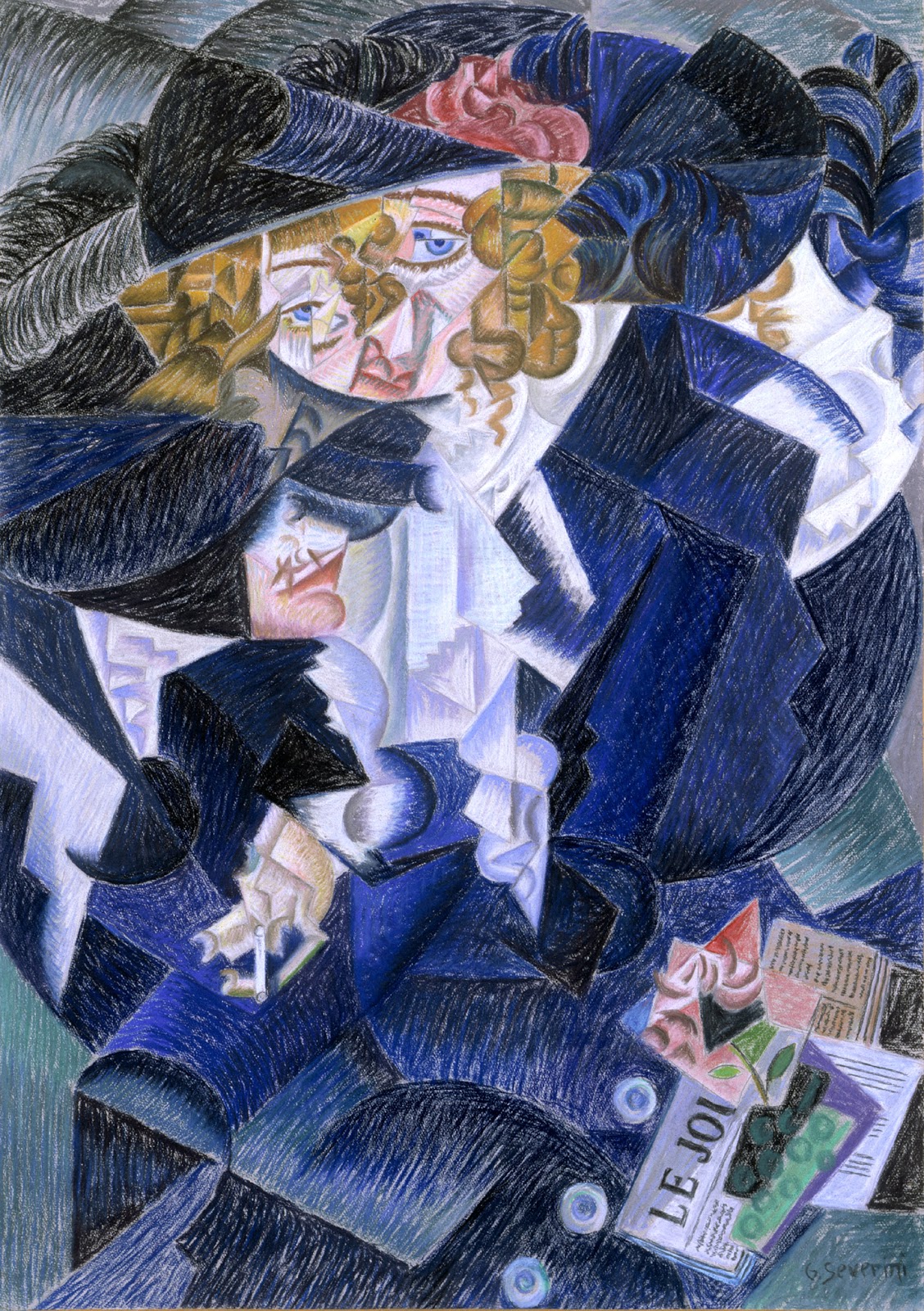














































































































.jpg)




.jpg)


















































